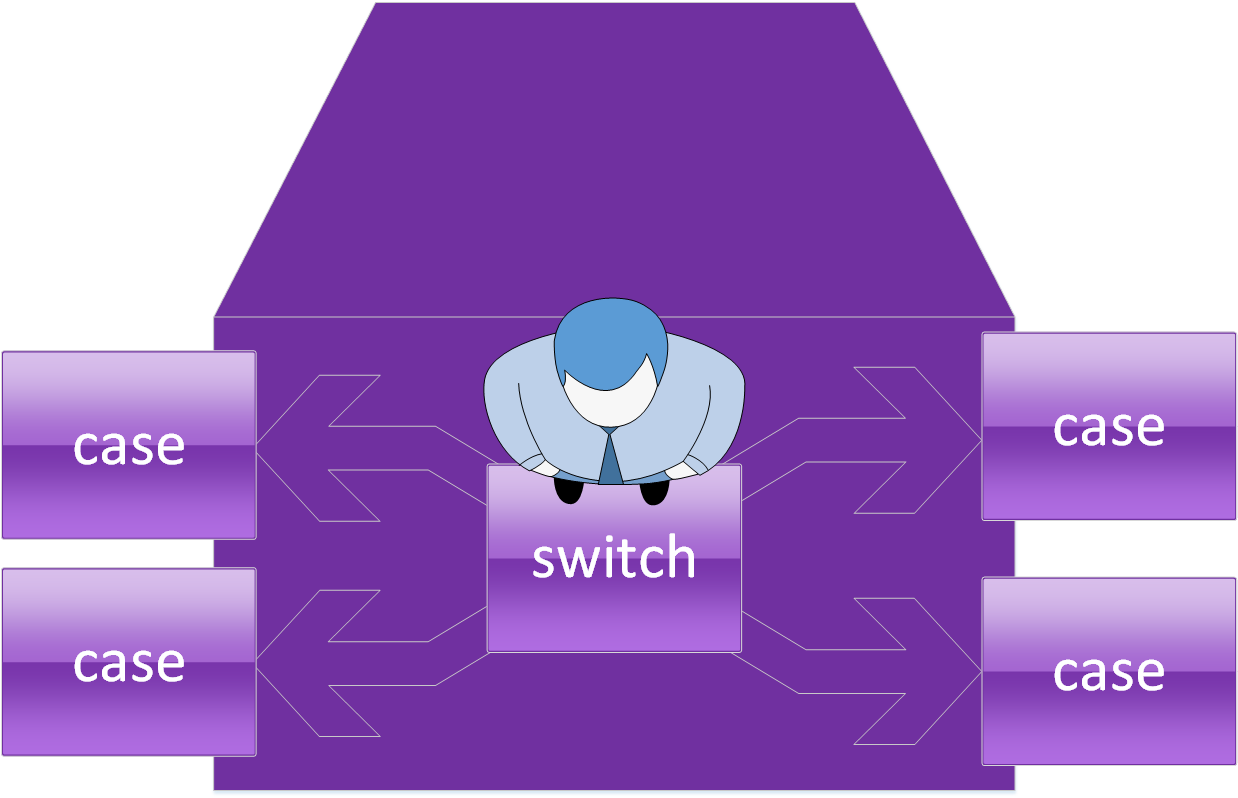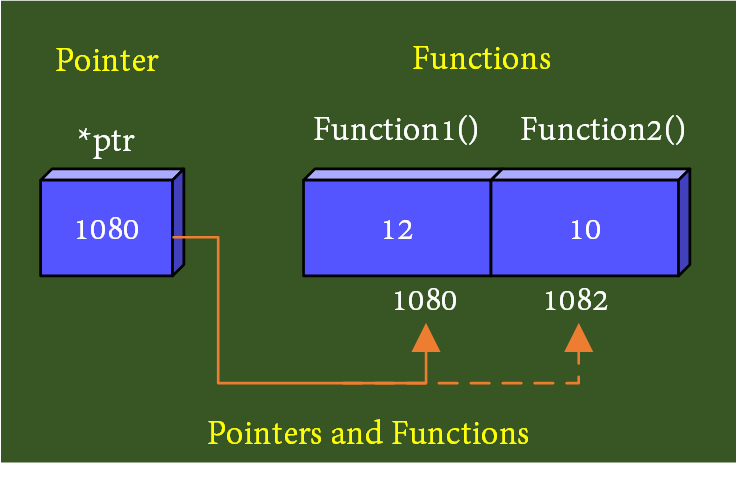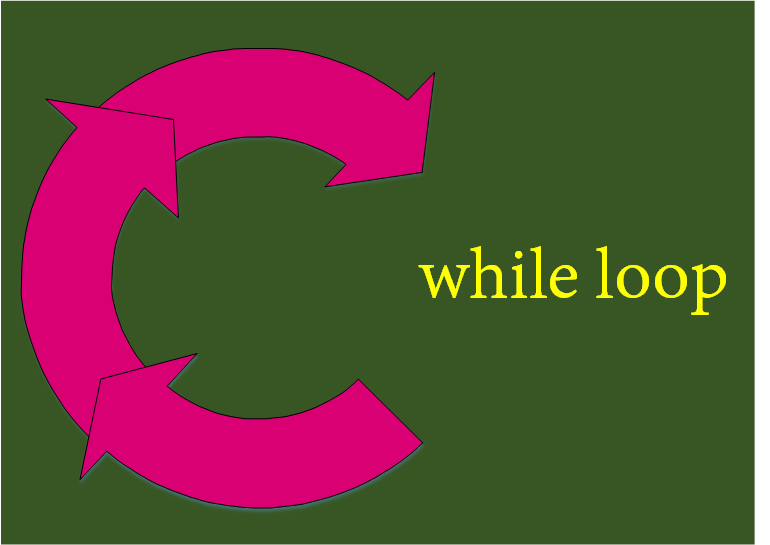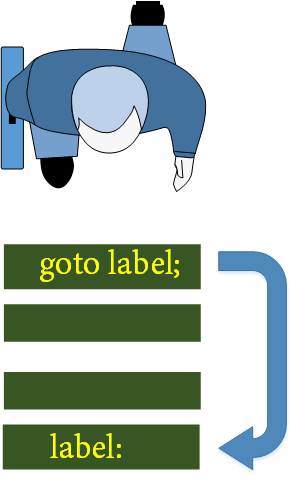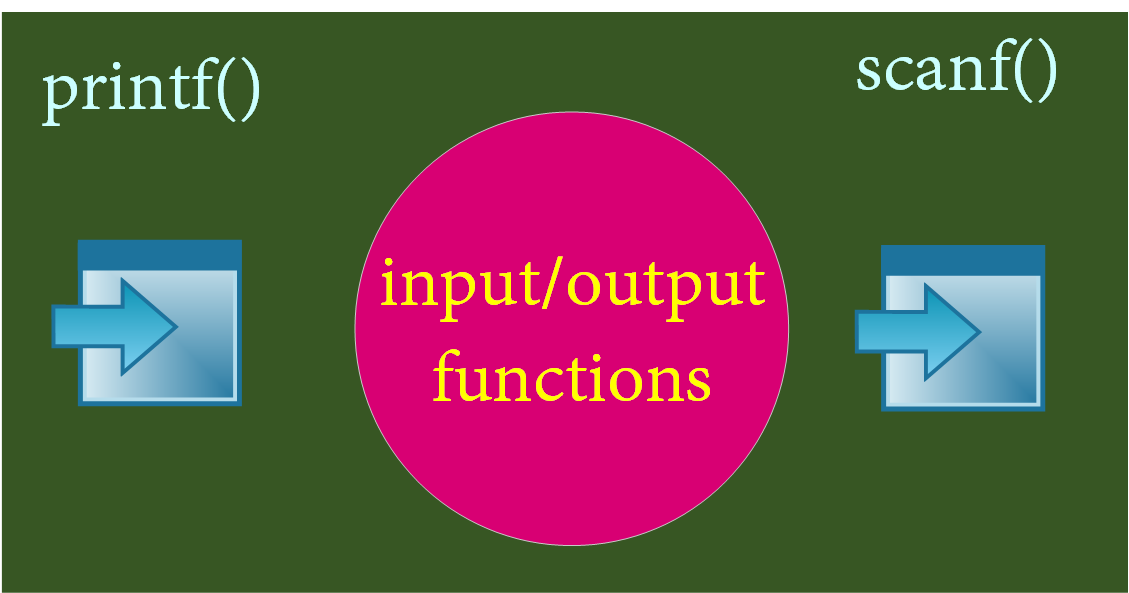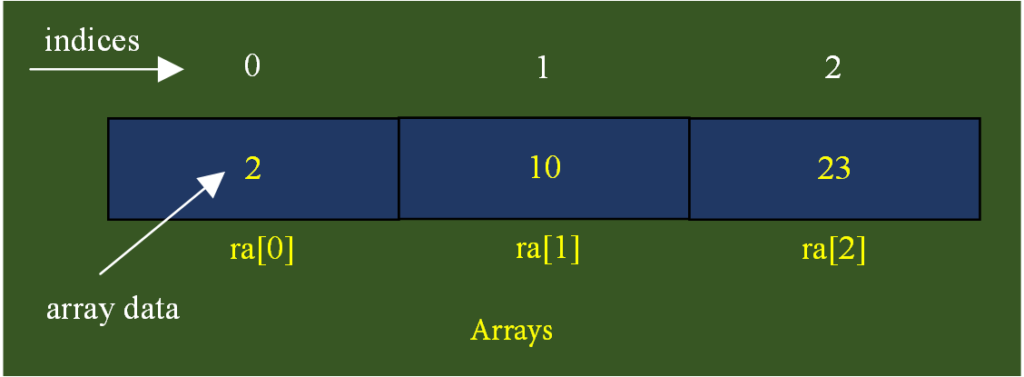After reading this C loop topic, you will understand loop types and you will know the for loop flowchart, theory, and examples.
In real life, many times we need to perform some task repeated over and over, until a specific goal is reached. That’s why C language provides us a repetitive structure called loop.

C Loop that executes the same statement(s) again and again as long as the condition is true. C language supports three types of loops are: –
